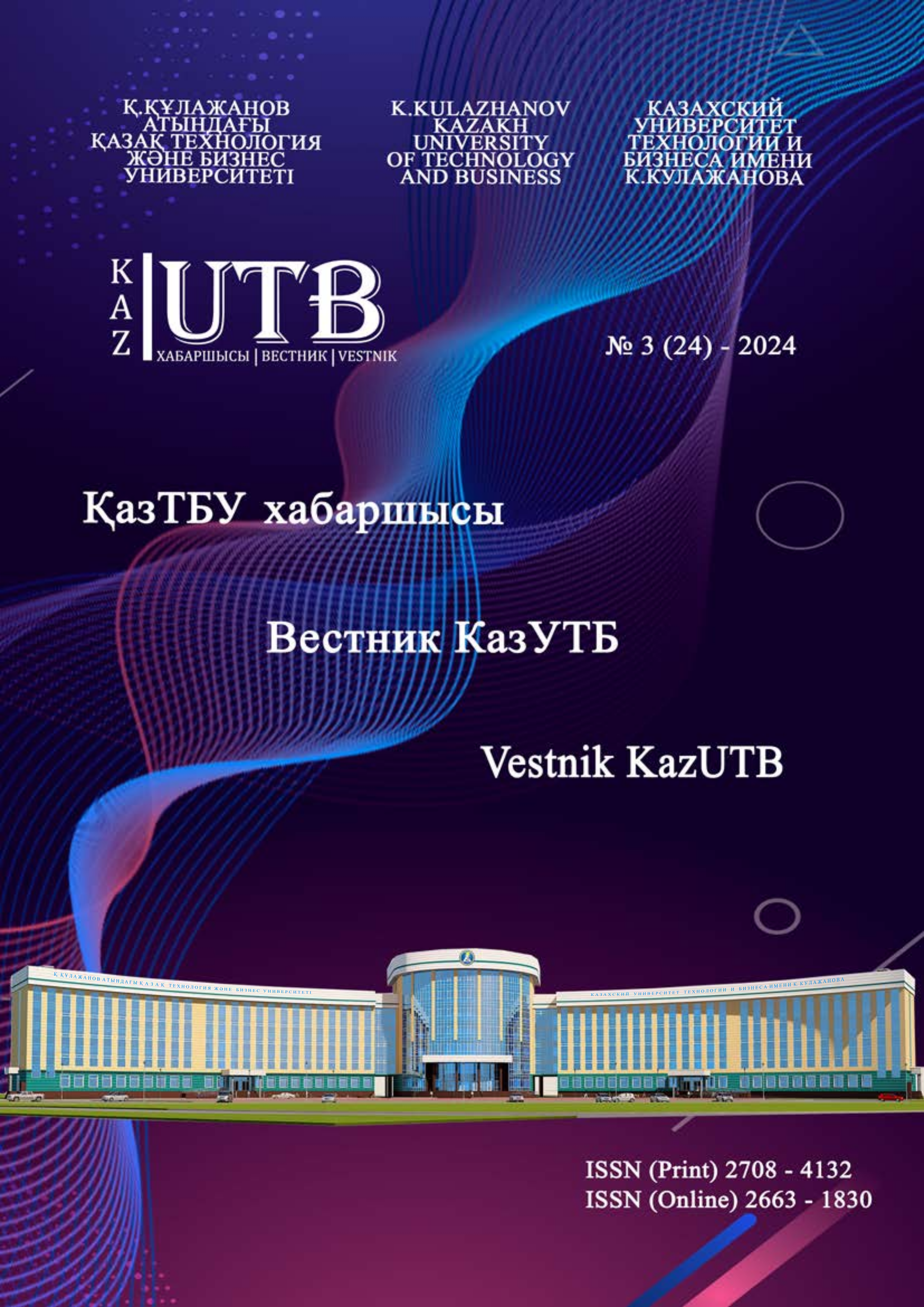Меню


Information and communication and chemical technologies
No. 3 (24) - 2024 / 2024-09-30 / Number of views: 158
STUDY OF METHODS FOR EFFICIENT PRODUCTION OF CELLULOSE FROM COTTON STALKS GROWN IN TURKESTAN REGION
Authors
Keywords
cotton stalk, cellulose, lignocellulose, alkaline pulping, delignification, Kappa number
Link to DOI:
How to quote
Kurtibay, K. ., Kappassuly Ә. ., Ussenova А. ., Zhatkanbayev Е., Zhatkanbayeva Ж. ., Moldagulova Н. ., and Moldagulova Э. . “STUDY OF METHODS FOR EFFICIENT PRODUCTION OF CELLULOSE FROM COTTON STALKS GROWN IN TURKESTAN REGION”. Vestnik KazUTB, vol. 3, no. 24, Sept. 2024, doi:10.58805/kazutb.v.3.24-449.
Abstract
In Kazakhstan, the topic of cotton waste recycling is very relevant in modern conditions. Given that Kazakhstan is one of the largest cotton producers in the world, the issue of utilization of a large amount of cotton stalks and other waste generated after cotton harvesting is on the agenda. Inefficient utilization of these wastes leads to serious environmental problems, such as soil and water pollution, as well as greenhouse gas emissions from their incineration. In addition, the lack of efficient processing methods deprives the country of the opportunity to utilize cotton waste to produce valuable products such as pulp, limiting the economic potential of the region. Thus, the development and implementation of new efficient technologies for processing cotton waste in Kazakhstan is not only environmentally and economically relevant, but also of strategic importance for the sustainable development of the country. Processing of cotton stalks and other wastes into lignocellulose and cellulose can become a source of new economic opportunities both for the world and for Kazakhstan, where cotton is intensively grown. Recycling cotton stalks and other cotton residues helps to reduce the amount of waste that is usually disposed of in garbage or mass burned after cotton harvesting. The solution to these problems could be to recycle these wastes and get valuable products out of them to avoid global warming and other negative effects that threaten the environment.



